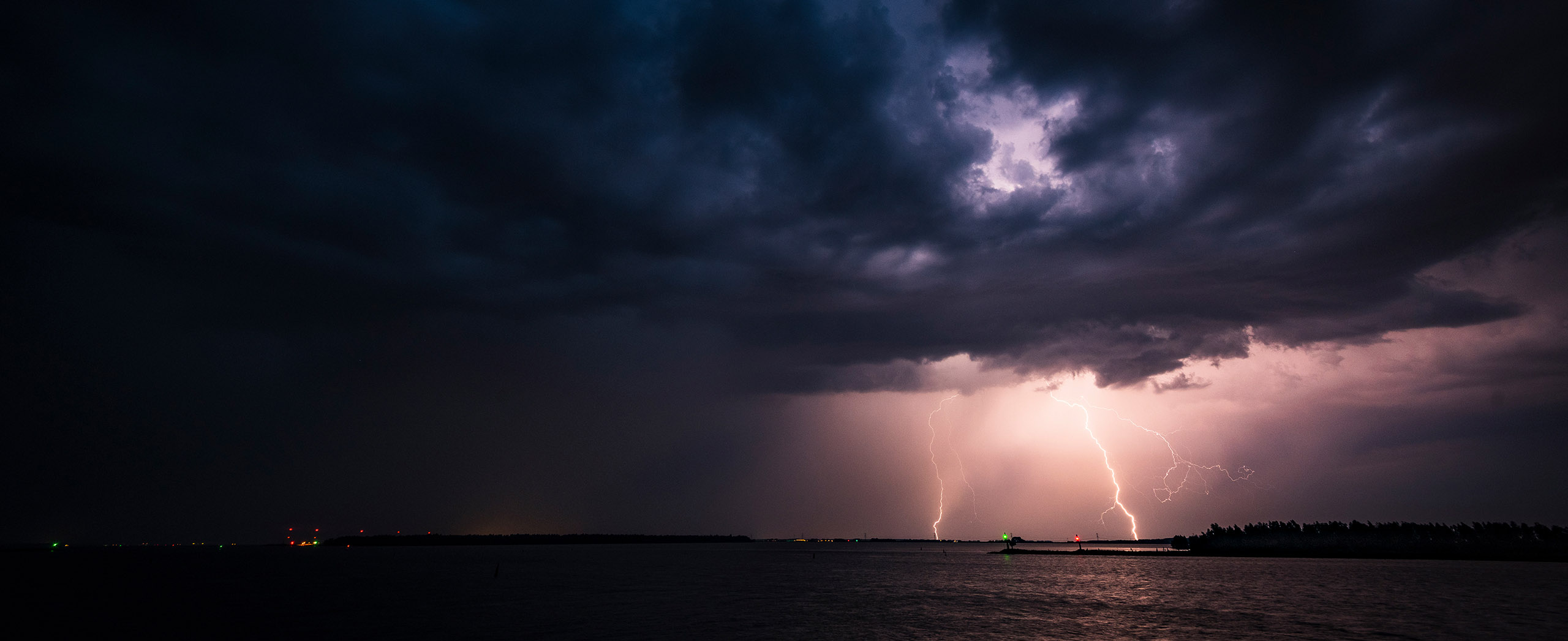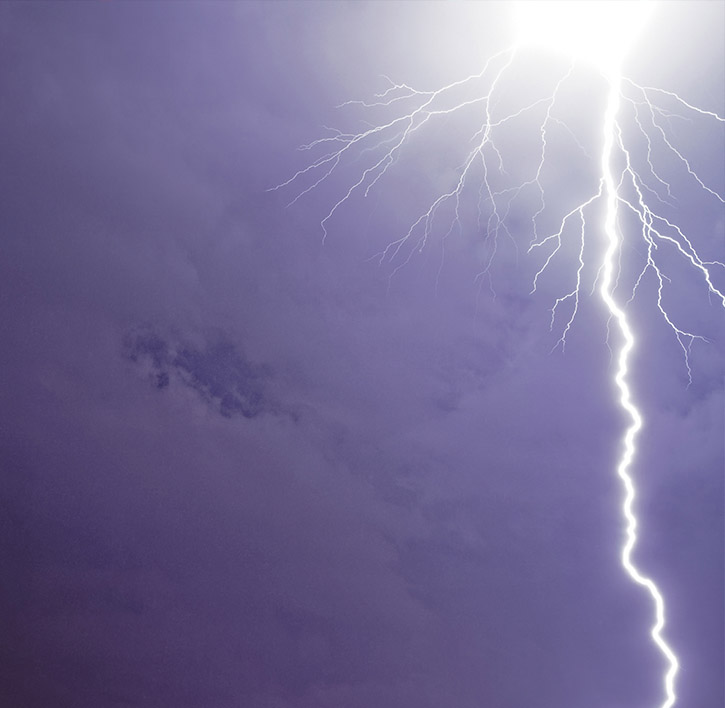The Total Lightning Network is a high-precision lightning alerting solution used to determine the threat of severe storm damage to your business. The highest density of sensors across Australia and the globe give you the edge.
Real-time monitoring and alerting enhance safety outcomes whilst also preventing costly shutdowns caused by inaccurate sensor data. Our system provides early warning of approaching storms by tracking lightning activity, alerting you with the positive charge buildup that often precedes a strike, making it easier to detect potential threats.
You will be supported by the dedicated DTN APAC team, who are driven to make your operational decisions easier. With our advanced technology, you’ll even know a storm is coming before you hear the thunder.








